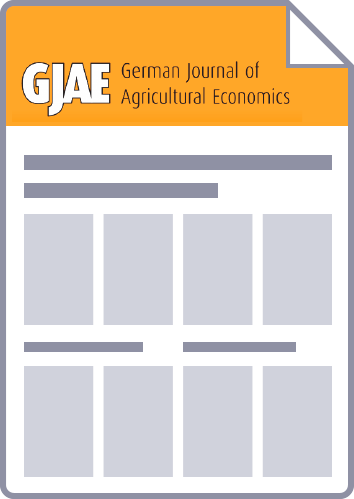Nitrogen runoffs induced by agricultural fertilization cause serious environmental damage to surface waters. Environmental and consumer protectionists demand government intervention to mitigate these externalities. With this in mind, the present study examines the effects of nudge-based regulatory strategies. We use an incentivized multi-period single-player business management game as experimental device to study how nudges affect compliance with the minimum-distance-to-water rule in a sample of agricultural science students. We analyse two different nudge treatments: a nudge with pictures showing environmental and health damages that are presumably caused by breaching the minimum-distance-to-water rule, and a nudge with an additional social comparison, which suggests that the majority of farmers in the same region comply with the rule. We observe three core experimental outcomes: first, nudging has a preventive effect and reduces not only the share of non-compliant participants but also the total acreage that is irregularly fertilised. Second, against all expectations, the preventive effect of the nudge with pictures and a social comparison is weaker than that of the nudge with pictures alone. A further contra-intuitive result is that nudging increases the severity of infringements (in terms of the irregularly fertilised acreages) among the nonetheless remaining offenders; and this effect is even a bit stronger for the nudge with additional social comparison. Despite the overall limited generalizability of experimental findings based on student participants, the results show that nudging produced very different behavioural effects in different groups: It worked well as a preventive device in one subgroup, but within the rule-breaking group it increased the severity of offences. At present, we can only speculate about the drivers behind these contrary effects (e.g., reactance). However, the indication that the same policy measures might work in opposite directions in different subgroups provides an important subject of future research (policy impact analysis).



